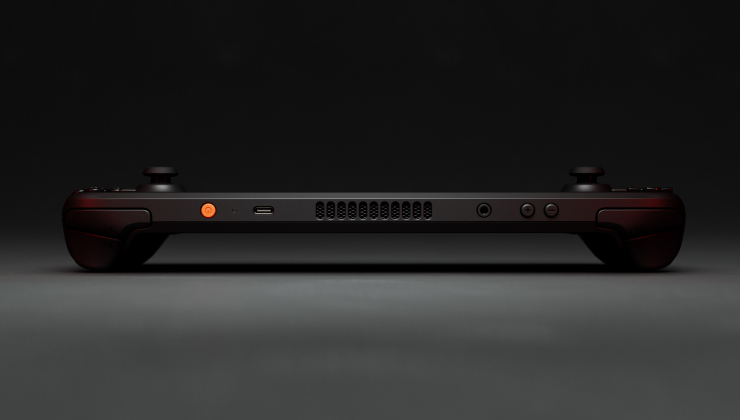- cross-posted to:
- [email protected]
- cross-posted to:
- [email protected]
The exact quote:
It is important to us, and we’ve tried to be really clear, we are not doing the yearly cadence. We’re not going to do a bump every year. There’s no reason to do that. And, honestly, from our perspective, that’s kind of not really fair to your customers to come out with something so soon that’s only incrementally better. So we really do want to wait for a generational leap in compute without sacrificing battery life before we ship the real second generation of Steam Deck. But it is something that we’re excited about and we’re working on.



Nothing yet surpassed Zen2 low power efficiency in the SD. And by low power I mean under 10W power/performance.
New chips scale quite a bit better above 10W though.
Also I’m not sure if that’s actually the HW limitation or just Valve tuning of the power behaviour. It’s possible they can throw in Zen5 and tune it to that efficiency level while getting significant performance uplift over Zen2 at the same power.
Regarding GPU we will need much faster memory support to get any significant advantages even with RDNA4 as most iGPUs are starved for memory bandwidth anyways, not saying that RDNA4 wouldn’t be an improvement, just that it won’t be as big as a leap as it could be with faster memory.
deleted by creator
Qualcomm is Snapdragon, and that’s ARM, which means half of your games will crash at random in the first 30 seconds or not boot at all
Intel has not done what you claim they have
Intel is claiming that with the upcoming Arrow Lake series of CPUs will seriously cut down the power budget. Important clarifications on that, the TDP of Arrow Lake is still around 150W TDP but that doesn’t mean it’ll pull the full 150W all the time, and wait for third-party benchmarks before believing anything they say. Still if what they’re claiming is half true mobile devices could be getting a huge boon.
It doesn’t always scale down though. There’s always an efficiency curve so we really can’t speculate. I agree, we have to wait and see.
deleted by creator
As was already mentioned, I’m not discussing ARM. ARM has its own issues with compatibility on top of the Windows to Linux compatibility.
Not sure what you mean by Intel. MSI Claw showed quite abysmal performance at low power vs SD. Regrading their newest chips, I have no clue as of right now.
deleted by creator
I think you need to take a step back and ask if ARM makes sense if you’re translating x86 instructions 100% of the time. Unless you’re hoping people will develop new games for ARM and you won’t use your SD to play existing titles much, but that seems like a 180° shift to me.
deleted by creator
Just to add as we are discussing mainly ARM vs x86 now… that is just a small part of the whole device. Just look at the SD OLED vs LCD. They managed to have OLED screen that is significantly better than the LCD one while using less power on AVG which is a huge deal to battery life and it either allows you to compensate with more power to SOC to achieve better performance at the same battery life or take the saving and go with higher battery life… and that’s just screen.
Then they optimized the PCB layout, PCB components, etc… to get both better cooling and efficiency.
I think that what is currently holding them back is both the SOC available and the actual efficiency of given parts combined. Getting improvement in both areas at once will lead to a significant change but one or the other alone will not tip the scales towards significant upgrade.
Yes it did not have Lunar Lake to which I said “Regrading their newest chips, I have no clue as of right now.” because we really don’t have any significant testing done at low power for these chips for gaming to compare with SD.
deleted by creator
It’s a completely different discussion if you throw ARM into the mix.
And given some recent news about Valve working on an ARM emulator and funding Arch Linux to help them start supporting ARM as well they might be working towards that. Though if that is for the deck 2 or something else further in the future is yet to be seen.
It’s rumored to be for new standalone VR.
But, well, future is a long time, especially on Valve Time. ;)
deleted by creator
surprisingly not most of the time I checked.
Laptop/Mobile x86 seemed rather competetive to Laptop/Mobile ARM in performance/Watt
Well, let me rephrase it: it’s a completely different discussion if you want to run Windows games on ARM without ridiculous performance losses due to translation from x86.
Until we get Proton running with near-native speeds on ARM like on x86 perf/watt isn’t really that important.